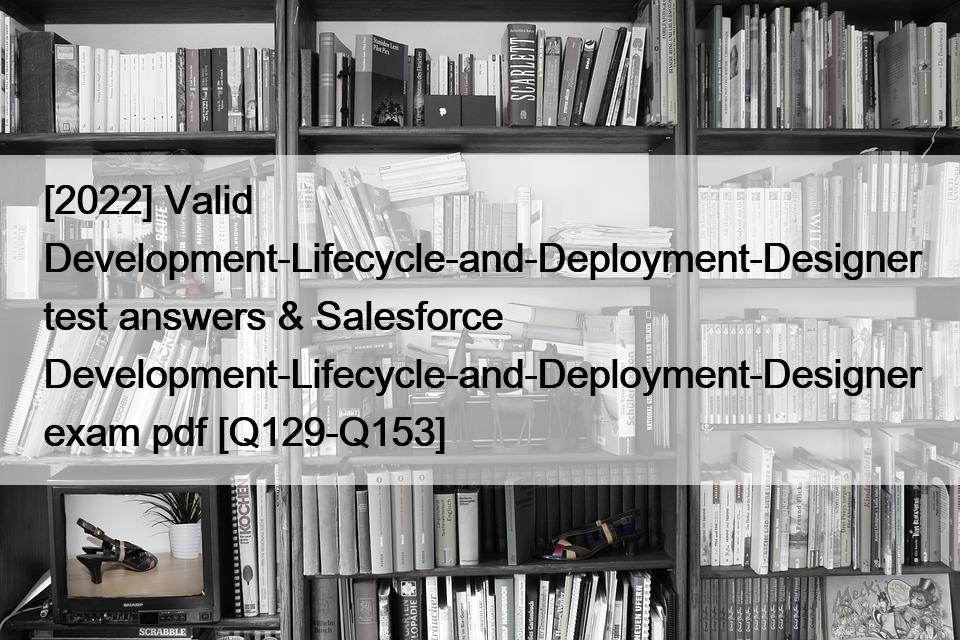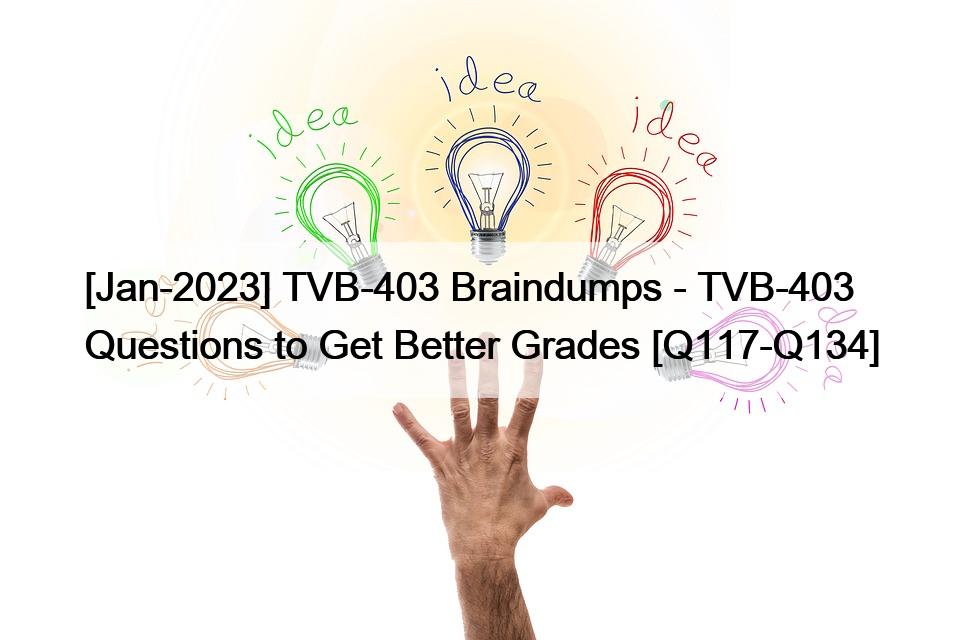Q93. Universal Containers has written several validation rules and workflow rules for the lead object. Which two test types should an Architect suggest to ensure that a large inbound call center does not experience platform slowdowns under high call volume for the Lead object? Choose 2 answers
Explanation
C and D are the correct answers, as Load Test and Performance Test are the test types that should be suggested to ensure that a large inbound call center does not experience platform slowdowns under high call volume for the Lead object. A load test is a test that measures the performance and behavior of the system under a specific load, such as a large number of concurrent users or requests. A performance test is a test that measures the speed, responsiveness, and stability of the system under various conditions, such as different configurations or environments. These tests can help to identify and prevent any potential issues or bottlenecks that could affect the user experience or the system functionality. A is incorrect, as Unit Test is not a test type that should be suggested for this scenario, as it is a test that verifies the functionality and logic of a single unit of code, such as a method or a class, but not the performance or behavior of the system as a whole. B is incorrect, as Stress Test is not a test type that should be suggested for this scenario, as it is a test that measures the performance and behavior of the system under extreme or abnormal conditions, such as exceeding the capacity or resources of the system, but not the performance or behavior of the system under normal or expected conditions. You can learn more about these tests in the Testing Strategies module on Trailhead.
Q96. Universal Containers CUC) has developed extensions of Salesforce Service Cloud for the use of its customer service teams using the change set development model.
Recently, UC acquired a company that develops extensions of an AppExchange app. The development team of the acquired company uses the org development model. The Universal Containers CTO wants both teams to work on a single org and follow the same set of processes.
Which development model should the architect recommend to be used by the consolidated development team?
Explanation
The development model that the architect should recommend to be used by the consolidated development team is the package development model. This model allows teams to build release artifacts that can be tested and released independently from artifacts for other projects, using unlocked packages or second-generation managed packages. This model can help improve the modularity, reusability, and maintainability of the code and configuration, as well as enable source-driven development and continuous integration and delivery. The org development model is not a good choice for the consolidated development team, as it is based on working directly in an org and using change sets or metadata API tools to deploy changes. This model can lead to conflicts, dependencies, and governance issues, especially when working on multiple projects or with multiple teams. The change set development model is also not a good choice for the consolidated development team, as it is based on using change sets to deploy changes between connected orgs. This model can be slow, error-prone, and limited, as it does not support all metadata types, dependencies, or automation. The package development model does not allow packages to be created and deployed using declarative (point-and-click) development tools, without writing code. This is a wrong statement, as the package development model supports both declarative and programmatic development tools, and requires writing code to create and install packages using the Salesforce CLI or APIs. See Package Development Model for more details.





